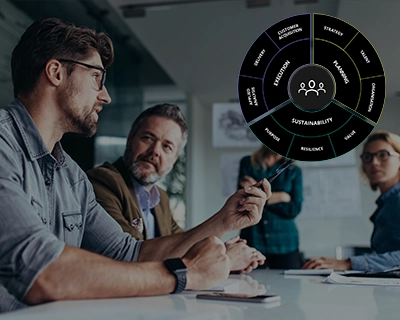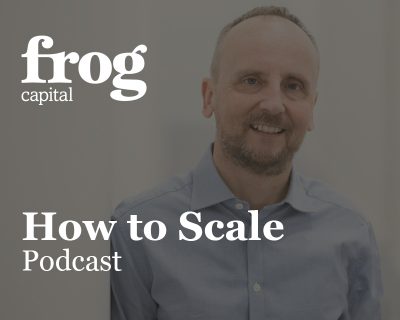Decades worth of research suggests that companies that invest in employee experience are twice as innovative, have twice as many satisfied customers and 25% higher profitability. Frog portfolio company Winningtemp, the leading AI-based employee engagement software platform, identifies the nine key factors that lead to effective organisations and overall employee satisfaction.
From the analysis of 600+ research studies, the categories below show the biggest impact on an employee’s experience:
Autonomy
This category speaks to how employees can control aspects of their work, such as their use of time and how they perform tasks.
Personal development
Personal development includes the opportunities available for employees to develop themselves in terms of work-related knowledge, skills, and abilities, as well as personal effectiveness, teamwork, and leadership.
Leadership
Leadership involves an employee’s perception of how they are managed, as well as how their team and organisation is managed.
Meaningfulness
Meaningfulness refers to a sense of purpose. It involves feeling connected to your work and motivated to do your best to help your organisation succeed.
Participation
How helpful and involved employees are in the workings of the organisation and how involved employees are in decision-making processes.
Work situation
Work situation refers to the work itself. For example, the nature of the tasks, their psychological and physical requirements, the reward systems in place, the extent of the workload and how fairly the work seems to be distributed.
Job satisfaction
Job satisfaction can have several definitions, and generally covers an employee’s feelings about their job, as well their thoughts and attitudes towards their workplace.
Commitment
Commitment refers to how dedicated you feel to your work, and the extent to which you will strive to help your company fulfil its vision and goals.
Team Spirit
Team Spirit refers to the energy produced when people work together as a team.
Developed with the aid of lecturer and researcher Leif Denti, the whitepaper provides specific suggestions about what your organisation can do to implement each of these factors to support better performance, increased motivation, and a higher level of effectiveness.
“To arrive at these factors, our meta-analyses focused on the direct opposite of employee engagement: disengagement, as manifested by employee turnover and sickness absence. There is a specificity here that is helpful for measurements — either an employee leaves the organisation, or they don’t. They go on sick leave, or they don’t,” stated Winningtemp.
You can download and read Winningtemp’s new whitepaper here.














